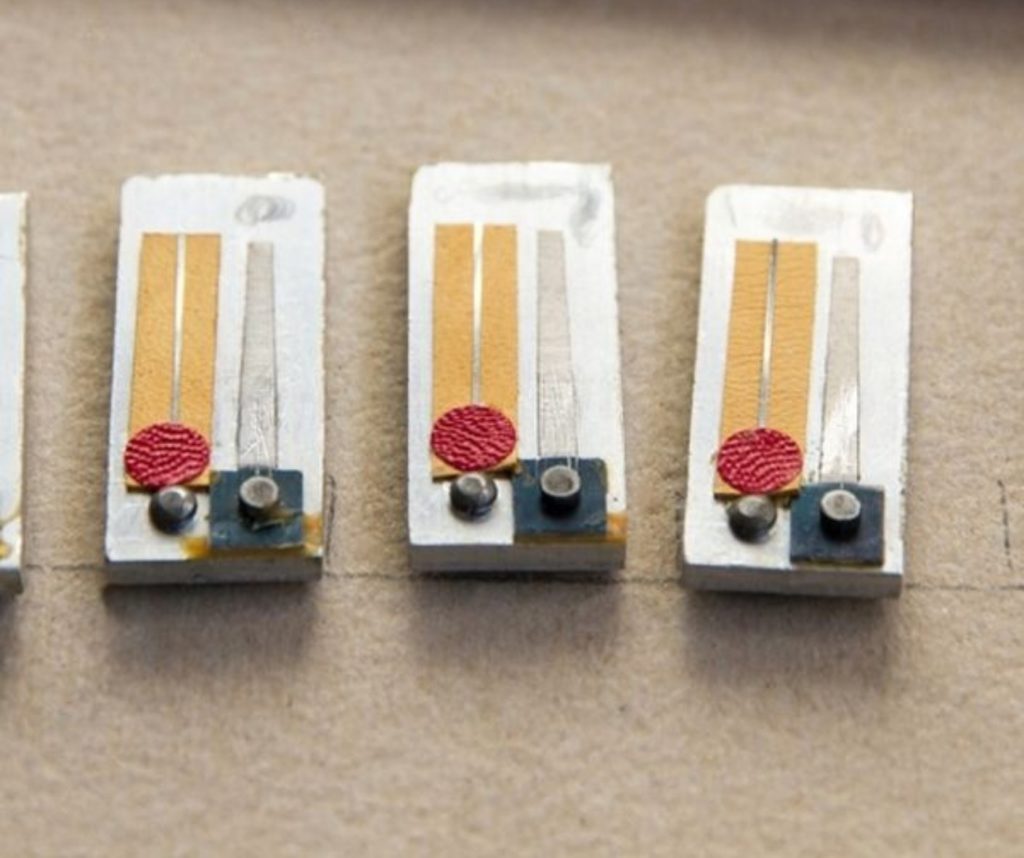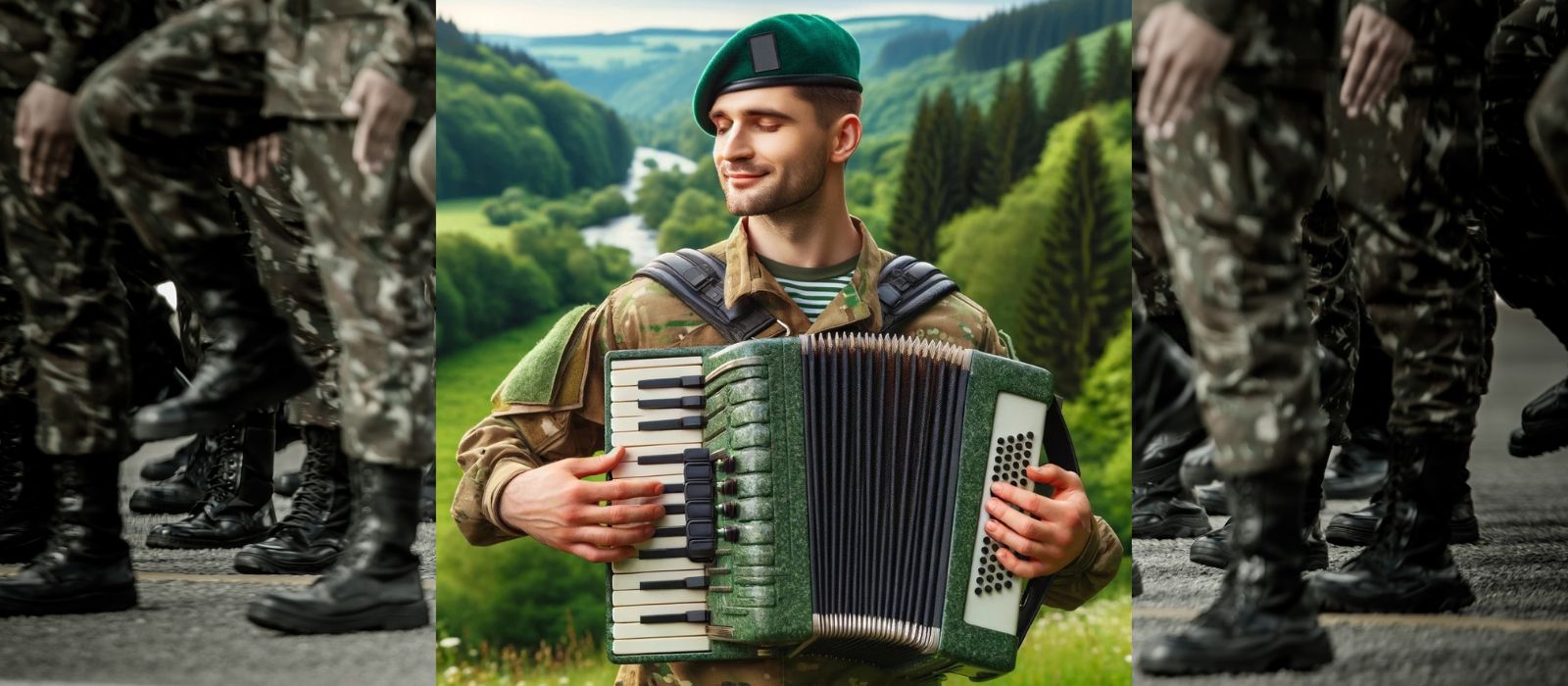Accordions are delicately made musical instruments that aside from the obvious parts like bellows, keys, buttons, and straps, often house hundreds and in some cases thousands of components. In this article, we will help you distinguish the basic parts of the accordion and describe their main functions.
- Bellows: These are the expandable and collapsible panels that the player pushes and pulls to create the airflow that powers the instrument.
- Grille: This is the decorative metal or plastic grill that covers the reeds and helps to amplify the sound of the instrument.
- Register switches: These are levers or buttons that the player can use to change the timbre or tonal quality of the accordion.
- Straps: These are the straps that the player uses to hold the accordion while playing.
- Treble side: This is the area on the right-hand side of the accordion that contains the treble buttons or keys.
- Bass side: This is the area on the left-hand side of the accordion that contains the bass buttons or keys.
- Reeds: These are small metal plates that vibrate to create sound when air flows over them.
- Keys or buttons: These are the buttons that the player presses to play different notes.
Accordion Bellows
Accordions are intricate instruments made up of hundreds of components, but the most crucial element is unquestionably its bellows – analogous to human lungs. Without these pulsing pumps that inflate and contract like a breath, music wouldn’t be audible from this delightful instrument.
How are Accordion Bellows made?
The sound of an accordion is dynamically controlled by the expansion and contraction of its bellows. As they are moved with speed, power, and precision – usually through pushing or pulling – it allows players to modify both intensity & color of their music’s melody. Sadly these components also happen to be among the most costly aspects in a complete instrument setup.
Replacing or repairing a set of bellows can cost you hundreds of dollars. They are made of delicate materials like pressed cloth, cardboard, and special metal alloys. Bellows can easily be damaged by improper storage, exposure to moisture, or excessive heat.
What is a Free Reed?
A free reed is a small strip of metal (in some instances plastic or wood material) attached to one end and loose on the other. These metal strips are placed over slightly wider slots. When air suction or pressure is applied, the reed opens or closes. The vibrating column of air produces the tone in the musical instrument.
So, we can with certainty say that these elements, which almost in a way replicate our vocal cords, are the voice of an accordion. Free reeds are usually divided into two groups:
Traditional, older ones (usually found in Asian folk music instruments) are often referred to as Idioglotal.
Modern free reeds found in harmonicas, accordions, concertinas, harmoniums, etc. are also known as Heteroglotal. These reed plates can have multiple slots and reeds.

How is the sound produced in an accordion?
Classification of Accordions based on size
How do we measure the size of an accordion?
The number of treble keys typically measures accordion sizes. Treble keys are often referred to as piano or keyboard keys (white keys) and sharps or sharp keys (black keys). Contrary to the popular belief that a number of bass buttons (left-hand side) determine the size of an accordion, the treble side (keyboard side) helps us determine its size.
12 Bass button accordions
These accordions typically have 26 treble (right-hand side) keys. These accordions are children’s musical instruments and do not have little buttons, limiting them in their range of tone scales. However, they are suitable for developing a child’s musical ear and are often purchased for children 5 to 7 years of age.
- Genuine HOHNER accordion
- Luxury red color
- Entry level adequate
- HOHNICA 12 Bass buttons and 2 sets of reeds
- 26 Piano keys
- Tremolo tunning
24 and 32 Bass button accordions
The treble range in these accordions is typically 26 keys. They are “large enough” to introduce seventh and minor chords. We would recommend them to students who are between 7 to 12 years of age and need a beginner’s squeezebox.
- SofiaMari SM3232 32 Piano keys and bass buttons.
- Four Bass Rows, Eight notes each, Fundamental Bass, Major, Minor, and 7th Chords
- Luxury dark blue pearl color with bellow embellishments
- Four Bass Rows, Eight notes each, Fundamental Bass, Major, Minor, and 7th Chords
- New, Fitted NAC Roll Away Trolly Gig Case designed for Maximum Protection featuring a Telescoping Handle
48 Bass button accordions
These accordions feature the full range of chords and come with sevenths, minor, central, and diminished buttons. The Treble side on these accordions typically features 26 keys, but 30 essential versions are often available too.
These instruments are suitable for teens and junior players who are just starting to learn the accordion and adult beginner accordionists.
48 Bass Accordion
By Crisist
- Imported reed material, Swedish steel band, German technology, and internal aluminum parts using high-strength aviation aluminum.
- Applicable groups: advanced exercises, medium and small performances.
- Comes with 26 treble buttons and 48 bass buttons and 3-switch registers.
- The treble is bright, the middle tone is round, the bass is deep, and the sound is sensitive.
- Hard Case and straps included, effectively protect the accordion
60 Bass button accordions
Some accordionists still play 60 Bass button accordions. They can be found in musical instrument shops that sell refurbished gear, but, in most cases, they are no longer being produced. They have largely been replaced by their slightly bigger versions, 72 bass button accordions, except that 60 bass button versions don’t have the diminished button row.
- WYKDL handcrafted accordion
- Beautiful and luxurious black pearl finish
- 5 registers, 60 bass buttons 34 keys: piano accordion, 34 piano keys.
- Beautiful and resonant grille
72 Bass button accordion
This is one of the most popular mid-size accordions in the United Kingdom. They usually come with 34 treble keys, but versions feature either 26 or 30 keys as well. These accordions typically feature two, three, or even four voices, and in most instances, the four-voice version is tuned to a double octave or a musette.
- MONTANARI 72 bass buttons piano accordion
- 34 Piano keys and 5 registers
- Luxury rich red color with beautiful decorative motifs
- Handcrafted from the highest quality components and materials
- It comes with a durable gig case
80 Bass button accordions
These accordions are designed very much like their 60 bass button counterparts, except that they have no diminished chords. Although some factories in Italy and Germany still produce the 80 bass button accordions, they are not being mass-produced anymore. They come with either three or four voice tunning.
96 Bass button accordions
These accordions are popular in Europe (mainly in the UK). They come with either 34 or 37 treble keys, and many accordionists see them as an excellent alternative to 120 bass buttons, full-size accordions. They are lighter but equipped with enough notes to play advanced pieces. These accordions are still produced in large quantities and are widely used worldwide. They often come in three or four voice tunings.
120 Bass button accordions
These are considered “full-size accordions.” They come with 41 treble keys, but many manufacturers offer them 37 piano keys as well. These squeeze boxes offer a full range of bass and treble notes, a variety of couplers, registers, and tunings in three or four voices.
Nowadays, accordion manufacturers are making these full-size accordions very lightweight, and there is no need for a light female version and a normal-weight male version anymore.
Dino is a hobbyist accordionist who loves music, photography, architecture, design and a slew of other fun things. He decided to launch this blog due to an increasing popularity of the accordion. He learned how to play the accordion by ear as a child and then progressed on to keyboards and eventually a drum set. He grew up in the Balkans and now lives in California where he occasionally plays the accordion at birthday parties and NYE celebrations. He now shares his love for the accordion through this blog.











Leave a Reply